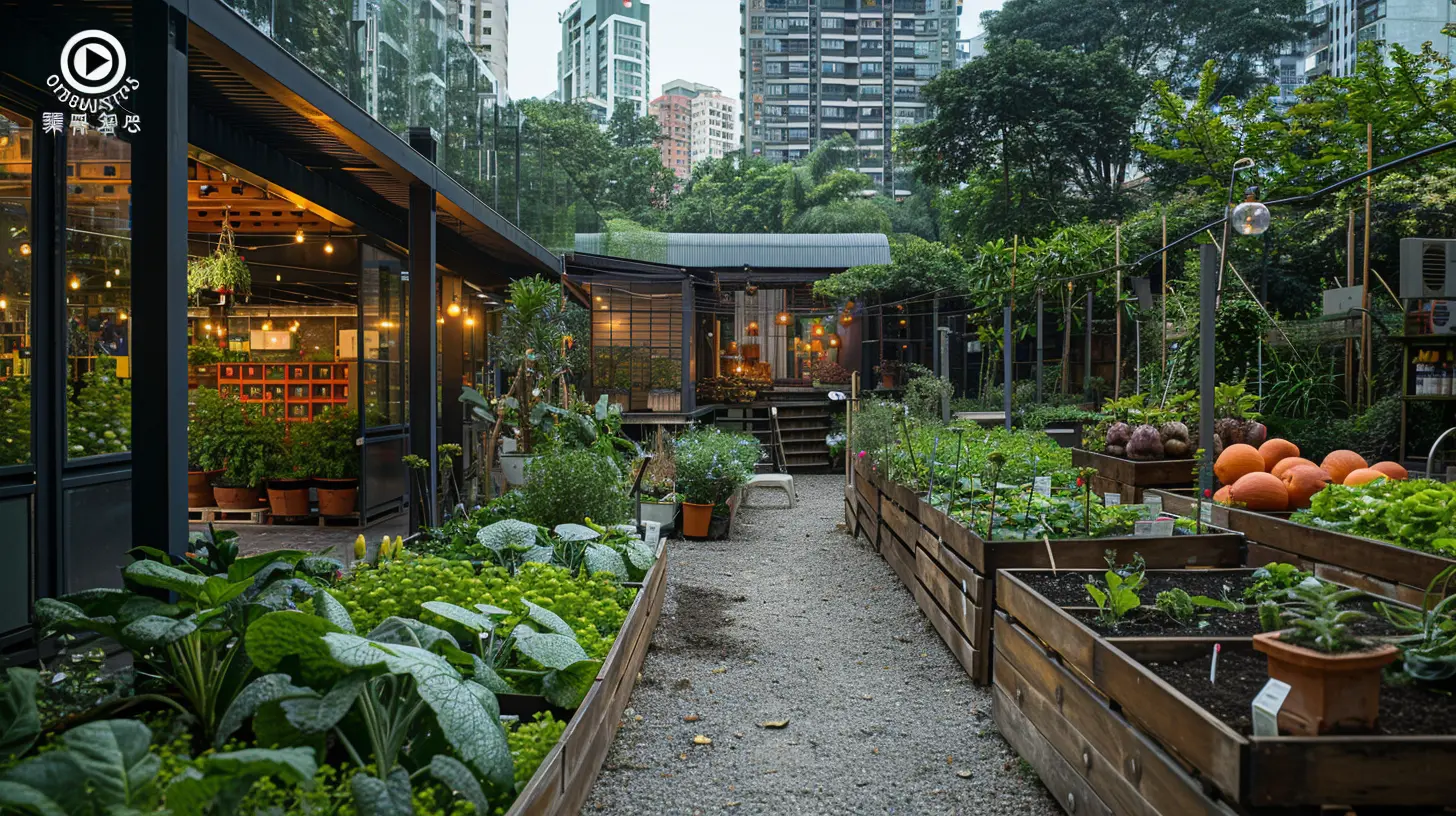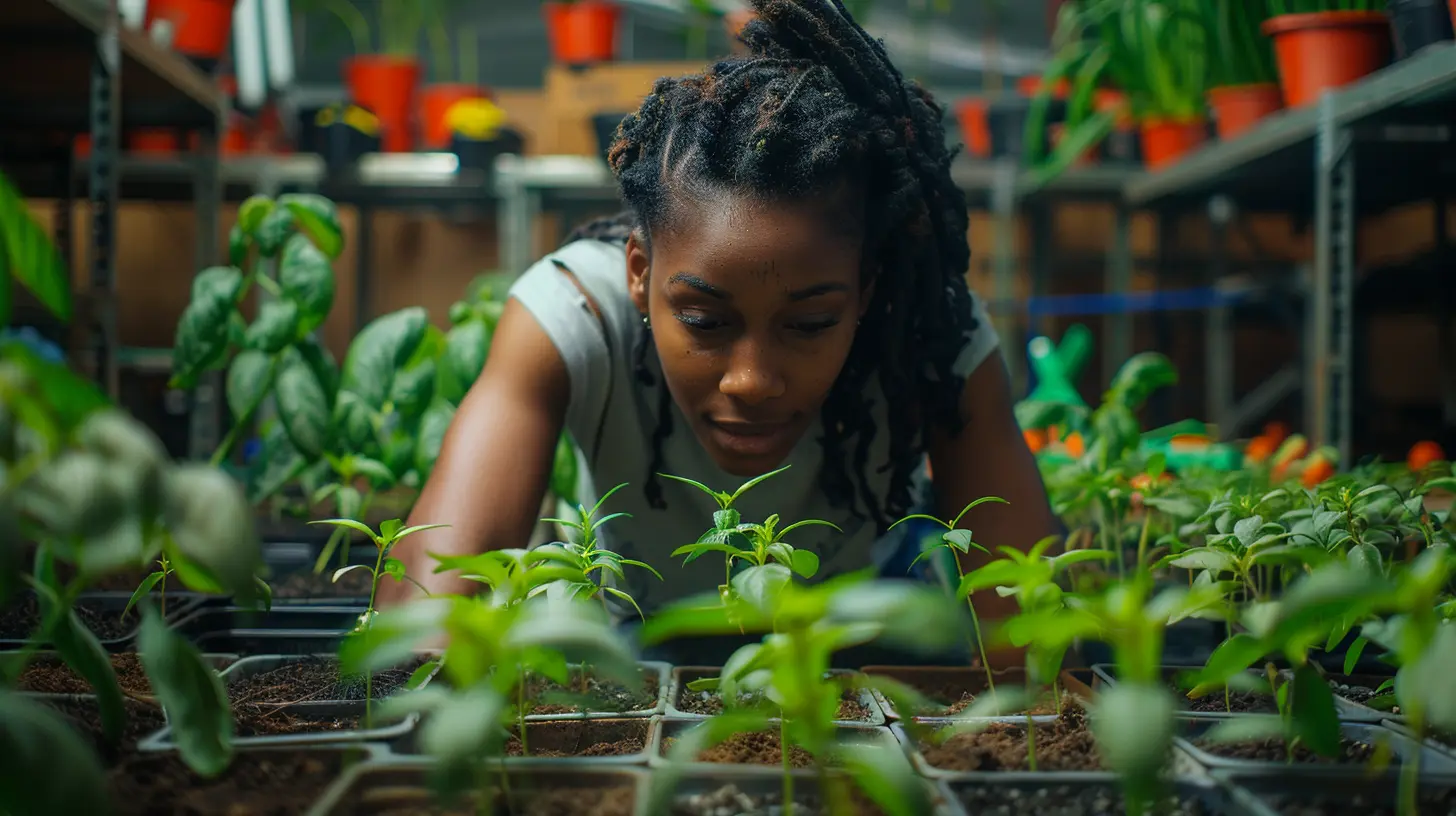Urban Gardening: Visit Local Farms that Sustain the City
19 September 2025
Let’s kick this off with the truth: most of us still think tomatoes grow at the grocery store. But what if I told you there are tomato jungles, kale kingdoms, and beehive empires thriving right in the heart of your city? Yep, no need to swap out your sneakers for hiking boots—urban gardening is taking over rooftops, alleyways, and your neighbor’s backyard. And guess what? You can visit these local farms, eat their goodies, maybe pet a goat or two, and leave smelling like basil.
So, if you’re into travel, farm-fresh food, sustainability, and snapping envy-inducing Instagram shots, then buckle up, buttercup. You’re about to dive into the buzzing, blooming world of city slicker farms and urban jungles (of the veggie kind).
What the Heck is Urban Gardening?
Alright, let’s break it down. Urban gardening is what happens when you take the countryside, shrink it down to fit into a window box or rooftop, and add a WiFi signal. It’s a movement of growing food—real, edible, dirt-under-your-nails food—right in the concrete jungle.It started as a response to the crazy idea of eating fresh food (shocking, I know) and reducing our dependence on food that travels more than most of us do. Now, cities around the world—from New York to Tokyo—are sprouting farms in the most unexpected places.
Why Visit Urban Farms?
1. Because Your Lettuce Shouldn't Have Frequent Flyer Miles
When you visit an urban farm, you see where your food comes from. Like, really see it. You can point to a carrot and say, “I know your roots, my friend.” And honestly, that’s just cool.2. It's Like a Safari... But with Chickens
Urban farms are surprisingly full of life—beehives, clucking hens, pigs with attitude, and plants that are living their best lives. It’s a whole ecosystem, and it’s Instagram gold. Who needs a panda selfie when you've got a sunflower taller than your cousin Frank?3. It's Tasty. Like, “Mmm, Whaaat?!” Tasty
Let me tell you—once you eat a strawberry warmed by the sun, picked right off the plant, you'll question your lifelong loyalty to that sad plastic tub in aisle 3.
Top Cities Where Urban Farms Are Poppin'
Here's a little roundup of cities that have turned farm life into city life, minus the pitchforks and plus cold brew options.New York City, USA
In the city that never sleeps, even the kale puts in overtime. Visit Brooklyn Grange, the world’s largest rooftop soil farm. Situated above old warehouse rooftops, this hip heaven seasons your selfies with mint and arugula.They do farm tours, workshops, and even weddings (yes, you can get married next to Swiss chard). Plus, their skyline views? Chef’s kiss.
London, UK
Fancy a cuppa in a garden above a bank? Try Roots & Shoots, an educational garden with native wildlife and a bunch of happy London school kids planting veggies. Or head to Dalston Eastern Curve Garden, where tomatoes chill next to public art installations. British posh meets down-to-earth dirt.Tokyo, Japan
Don’t let the neon signs fool you—Tokyo is a green ninja. Places like Pasona Urban Farm house vegetables inside office buildings. Picture this: a glass office complex where lettuce grows under conference tables. Suddenly that Monday meeting doesn’t seem so boring, does it?Berlin, Germany
Berlin is the older sibling who rides a fixie bike and composts religiously. Check out Prinzessinnengarten, a mobile garden in the middle of the city. Here, plants grow in repurposed rice sacks, and you'll find volunteers sipping fair-trade coffee while pruning basil like botanical baristas.
Local Farm Tours: The New City Adventure
So you're sold on the idea of frolicking through beet leaves in the middle of downtown. But what can you actually do at these farms?Guided Tours with a Side of Dirt
Most urban farms offer guided tours where you learn how stuff grows (spoiler: not with magic). You’ll meet passionate farmers who talk about soil like it’s a religion. You might learn how to compost, how bees flirt, or how to tell if your squash is gaslighting you (not ripe yet).Workshops That Make Your Pinterest Boards Jealous
Want to make your own hot sauce? How about infusing honey with herbs? Urban farms offer hands-on workshops that are way more satisfying than your usual “Netflix and scroll.”U-Pick Adventures
Remember that time you picked a strawberry and felt like Mother Earth herself whispered "you go, girl"? Yeah, that’s the thrill of U-Pick. Many farms open up sections where you can harvest your own ingredients. Salad never felt so personal.Not Just for Vegans and Hipsters
You don’t need to own Birkenstocks or follow a raw food blogger to enjoy urban farms. If you eat food, breathe air, or enjoy things tasting good, you’ll feel right at home.Got kids? Most farms are super family-friendly. Some even offer petting zoos, dirt playgrounds, and gummy worms disguised as composting lessons.
Don’t know a tomato from a turnip? Perfect. There’s no test. The vibe is all about connection—connecting with your food, the people growing it, and the community around you.
How Urban Gardening Helps Cities Thrive
Sure, urban gardening is cute and all, but it’s also a big honkin’ deal for cities. Here’s how:It Fights Climate Change (Like a Tiny Green Avenger)
Urban farms reduce the urban heat island effect (science talk for “cities get freakin’ hot”). All those leaves and greenery help cool things down. Plus, growing food locally slashes the need for long-haul trucks farting out emissions on the highway.It Strengthens Food Security
Urban gardening ensures neighborhoods—especially underserved ones—have access to fresh, affordable produce. That’s a fancy way of saying: more fresh stuff for everyone, fewer sad fast food dinners.It Builds Community (and Heck Yes, We Need That)
These farms aren’t just green spaces—they’re gathering spaces. They’re where people meet, talk, and bond over dirt, plants, and the shared love of a good tomato. Community gardens literally grow communities.So... How Can You Join the Fun?
Okay, now that you’re itching to visit a local urban farm, here’s how to make it happen without buying a tractor:1. Google “Urban Farms Near Me”
Seriously, that’s it. Search, browse their websites, check out visiting hours, and go live your best urban farm life. Yelp reviews aren’t just for taco joints—urban farms have fans, too.2. Check with Local Tourist Info Centers
Cities are waking up to the fact that urban gardening is hot stuff. Many city guides now include farm tours and visits as part of their “cool things to do that aren’t just bars and museums” listings.3. Follow Them on Social Media
These farms are surprisingly chic on Instagram. You’ll find out about pop-up dinners, yoga in the garden, or seasonal pick-your-own events.Pro Traveler Tip: Bring a Tote Bag
You don’t want to be That Person trying to stuff five pounds of tomatoes into your fanny pack. Bring a tote. Better yet, bring two. You’ll thank me when you smell like rosemary and your suitcase contains more kale than clothes.Wrap-Up: Go From Tourist to Tomato Whisperer
Urban gardening isn’t just a trend—it’s a movement. It’s how cities are feeding their people, greening their spaces, and reminding us that nature isn’t just for the countryside. Whether you’re a seasoned traveler, a foodie, or someone who just really likes sunflowers, visiting local farms that sustain the city is the kind of experience that sticks with you (probably between your toes, because dirt).So give your next city trip a twist. Skip one museum. Take a detour from the shopping district. Instead, walk among rooftop radishes, chat with a local farmer, and bite into something grown just a few steps from where you’re standing.
Because nothing tastes better than a city that feeds itself.
all images in this post were generated using AI tools
Category:
Local ExperiencesAuthor:

Ian Powell
Discussion
rate this article
1 comments
Norah Foster
Urban gardening transforms cityscapes, fostering sustainability and community. Visiting local farms offers insights into eco-friendly practices while supporting local economies—an enriching experience for all travelers.
September 20, 2025 at 2:38 PM

Ian Powell
Thank you! Urban gardening indeed enhances city life and promotes community engagement while supporting sustainable practices.


